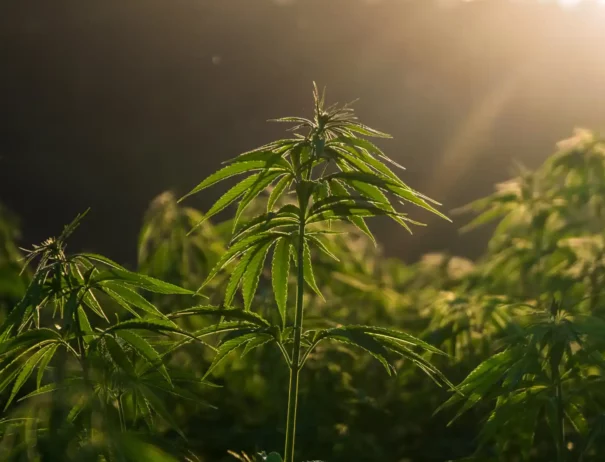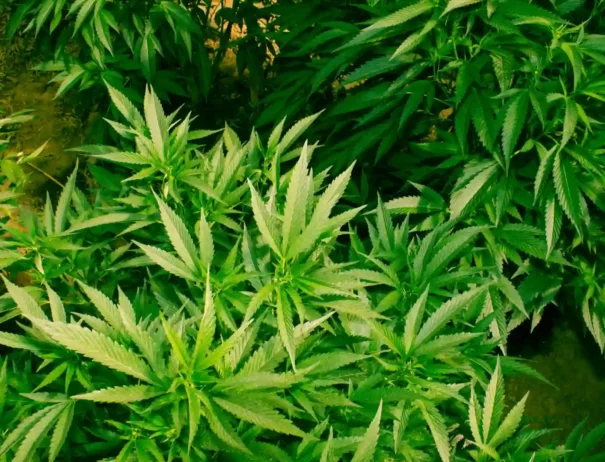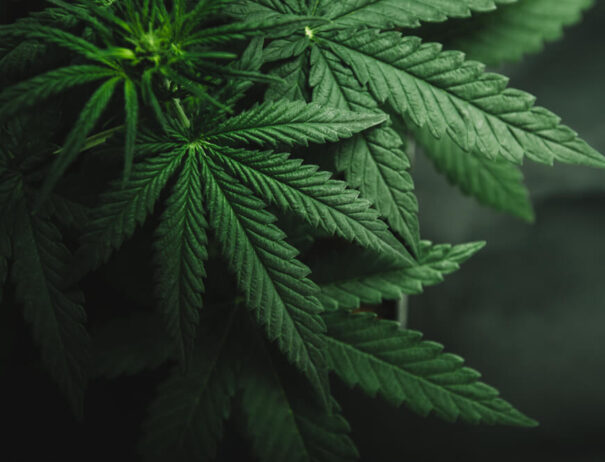Archeologists Unearth a Chill Chapter in Italian History
A growing number of reports indicate that ancient peoples turned to the healing power of plants and herbs to cure what ailed them. One of those plants was cannabis. From Tibet to Egypt, there is archeological evidence that cultures around the world used cannabis for medicinal and spiritual purposes. Archeologists working in Italy have uncovered a unique and chill chapter in Italian history.
Evidence recently uncovered in Italy suggests that people in the area now known as Milan may have been using cannabis recreationally. During a time when Pope Innocent VIII deemed cannabis an “unholy sacrament,” some Italians may have been skirting the church and making magic with marijuana.
Marijuana in Antiquity
Cannabis may have evolved around 28 million years ago along the eastern Tibetan Plateau, according to one pollen study. Around 4000 years ago, there was evidence that Chinese farmers grew the crop for oil and fiber. However, pinpointing the man/marijuana medicinal connection is more difficult.
Some studies suggest that the oldest evidence of marijuana use was discovered at a 2500-year-old cemetery in the peaks of western China. Wooden braziers in the tombs of the region’s elite show unusually high levels of THC, suggesting individuals may have inhaled THC-laced fumes in the confined quarters to feel the substance’s psychoactive effects. It is still unclear whether the cannabis plants were naturally high in THC levels due to the altitude of the region or whether people in the region cultivated more potent cannabis strains.
Ancient Egyptians may have consumed cannabis for medicinal purposes as far back as 1500 B.C. Surviving papyrus from the time describes cannabis as a valuable way to treat inflammation. There is also evidence that the Spanish may have brought cannabis to the New World in the mid-1500s, intending to grow hemp for rope, clothing, and shipbuilding materials.
Even the ancient Greeks knew about the effects of cannabis in 440 B.C. “The Father of History,” Greek historian Herodotus mentions flowers with psychoactive effects. Texts from the Middle Ages in Europe also speak of the cannabis plant that could treat urinary infections and birthing pain and could have anesthetic properties.
Despite the numerous historical accounts on the potential benefits of the cannabis plant, in 1484, Pope Innocent VIII labeled the plant an “unholy sacrament.” Much like the modern war on drugs of our time, the decree by the Pope banned the use of cannabis among the faithful and turned cannabis into a symbol of magic and witchcraft. Those were dangerous words during the time of the Inquisition.
For centuries, it seems the fear of going against the church’s edict stifled cannabis consumption in Europe, at least until the 17th century.
Archeologists Uncover Hints of Cannabis Use in Italy
Scientists recently closely examined the femoral bones of individuals living in Milan during the 1600s. The bones were buried in the Ca’Granda Crypt under a church annexed to the Ospedale Maggiore. At the time, the Ospedale Maggiore was the city’s most vital hospital for the poor of the region. The study sought to find traces of plants used for either medicinal or recreational purposes in the general population at the time. Two bones the team studied had traces of the cannabinoids DTC and CBD. One bone belonged to a woman of about 50, and the other belonged to a teenage boy.
Although no medical records at Ospedale Maggiore mention the use of cannabis by patients for medicinal purposes, researchers say that cannabis may have been consumed by all ages and genders, perhaps being consumed recreationally in cakes and infusions. The lead scientist of the new study says life was tough in Milan around the 17th century. Famine and disease were widespread, along with poverty and poor hygiene. However, Italy was also a significant exporter of hemp. Since hemp was so prevalent in the Italian industry, people may have known they could also gain medicinal or psychoactive effects from the plant.
Why, then, would there be no written record of cannabis use by hospitals like Ospedale Maggiore? The reason still exists today: shame and stigma. Some written references hint that cannabis may have been administered as a home remedy or by individuals described as “healers.” However, the Catholic Church is nothing if not effective in distributing its message to the masses. The Catholic Church moved to ban cannabis in the 1400s. Nearly three centuries later, Napoleon did the same, banning cannabis consumption because it caused disturbances and delirium among his soldiers.
Researchers suggest a campaign of fear and social stigma pushed cannabis consumption into the shadows. Consuming cannabis became linked with paganism, which was seen as an insult to the Church and the entire Holy Roman Empire. Pope Innocent VIII, the man associated with issuing the papal bull on cannabis as an unholy sacrament, was also a significant supporter of the Inquisition.
The Spanish Inquisition occurred between 1478 and 1834. During that time, historians estimate between 30,000 to 300,000 people may have died. Inquisitors relied on torture and intimidation to weed out heresy, devil worship, and undesirables. However, during the time of the Inquisition, “heresy” could mean drug use, being a woman, or being a person who follows a different faith. It comes as no surprise that even during the 17th century, individuals would not wish to document or highlight the fact that they consumed cannabis recreationally.
For a clearer picture of the prevalence of drug use during this period in Italy, researchers say they plan to test a collection of close to 10,000 human bones buried beneath the Ca’Granda crypt. With a larger sample size, scientists hope to uncover whether recreational and medicinal marijuana use was standard at the time. Researchers also have another 10,000 skeletons dating back to ancient Roman times. They may test these for traces of cannabis and other plant materials as well.
The trials and tribulations of cannabis consumers and advocates date further back than most people realize. For more information on this and other cannabis-related topics, visit Cannabutter Digest. We are your one-stop website for cannabis news, recipes, and product reviews.

Get Your Free eBook!
Download our FREE resource, The Ultimate Edibles Guidebook, full of recipes, infusion tips and everything you need to make your first batch of edibles today!



